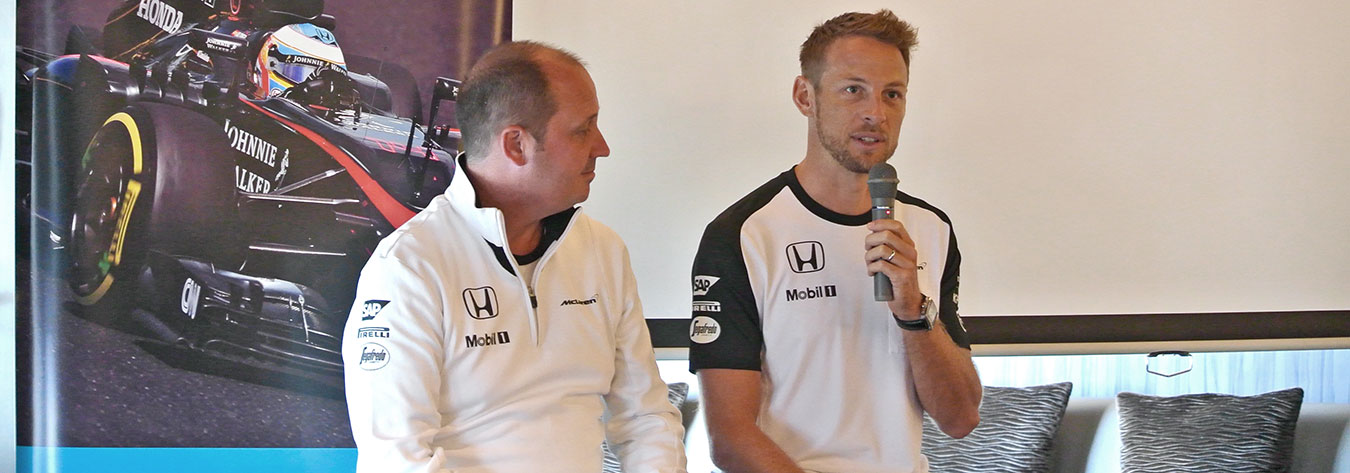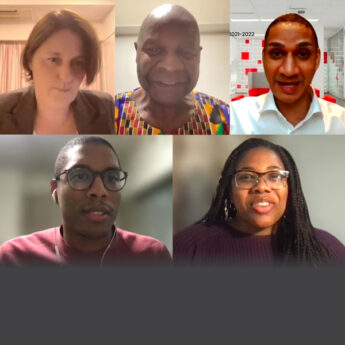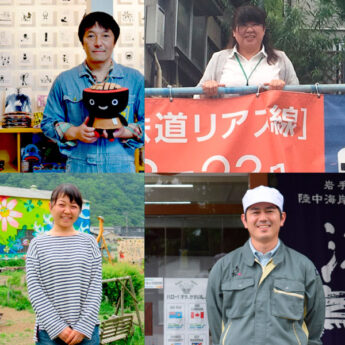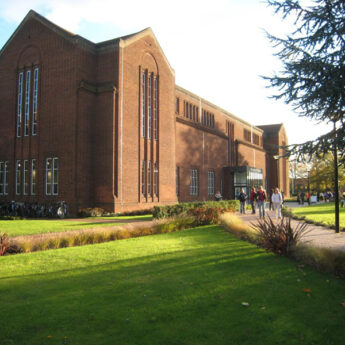- Role models are drivers Alain Prost OBE and Ayrton Senna
- Training includes body checks, tailor-made nutrition products
- Robot-driven racing cars would lessen F1 experience
Renowned for being a gentleman on the track, Jenson Button MBE demonstrated his polish at an event for the British Chamber of Commerce in Japan organised by GlaxoSmithKline plc and the McLaren Technology Group.
In Tokyo ahead of the Japanese Grand Prix at the Suzuka International Racing Course on 27 September, Button spoke of his love of Formula 1 and the growing relationship between GSK and McLaren. He took time having his photo taken with fans and signing autographs at the special event in Minato Ward on 23 September.
“It always feels great to be back in Japan, which is a very special place to me”, said Button. “It feels like a second home”.
Asked about the people who have inspired him in his career, 35-year-old Button named Alain Prost OBE and Ayrton Senna.
“There have been many people who have inspired me in life and in the sport, but I grew up in the 1980s, a time when Senna and Prost were racing”, he said. “They were legends of the sport and it was wonderful to see their different personalities and driving styles.
“Senna was very emotional but Prost was known as ‘the French professor’ because he used his head as well as his heart, and that is who I have based my driving style on”, Button said.
Racing at the very highest level requires the driver to be “very natural and composed”, so that he has time to communicate with the team about adjusting the myriad settings on the vehicle. That is a legacy of first getting behind the wheel of a racing car very young, he said.
Starting out in karting at the tender age of eight, Button first drove in F1 for Williams in the 2000 season. He has also driven for Benetton and BAR, before Honda took over the team in 2006. In the same year, Button won his first Grand Prix, taking the chequered flag in Hungary.
He went on to win a record equalling six of the first seven races of the 2009 season with Brawn GP and secured the World Drivers’ Championship at the Brazilian Grand Prix.
He teamed up with fellow Briton, Lewis Hamilton MBE, at McLaren for the 2010 season, and finished the following year as runner-up in the drivers’ championship. Of the 280 races that he has started, Button has won 15 and earned no fewer than 50 finishes on the podium—as well as being named Man of the Year twice by the cult TV show Top Gear.
An F1 team and one of the world’s leading pharmaceutical firms may not, at first glance, appear to be an ideal match. But Button said he has become a better driver since GSK and McLaren teamed up in 2011.
“I enjoy working on my fitness and I am one of the very few who does enjoy hurting himself on a regular basis by training”, Button said. Part of that training involves working with the GSK Human Performance Laboratory to carry out cognitive, physiological and body composition assessments on each of the drivers.
As a consequence, GSK has been able to devise a bespoke formula of products from MaxiNutrition—a British protein nutrition firm—for each of the McLaren drivers. These products are tailored to replace the precise amount of minerals lost, enabling drivers to get the most from their bodies during a race.
Driving for McLaren-Honda, Button finished the Japanese Grand Prix in 16th place after a gruelling 90 minutes, during which his average speed was over 327kph.
When questioned about robot-driven racing cars of the future, Button said he hopes such a thing never comes to pass, because they would always make the “correct” decision in any given situation. As a spectacle, F1 would, therefore, be the poorer for it; and he would be out of a job.







